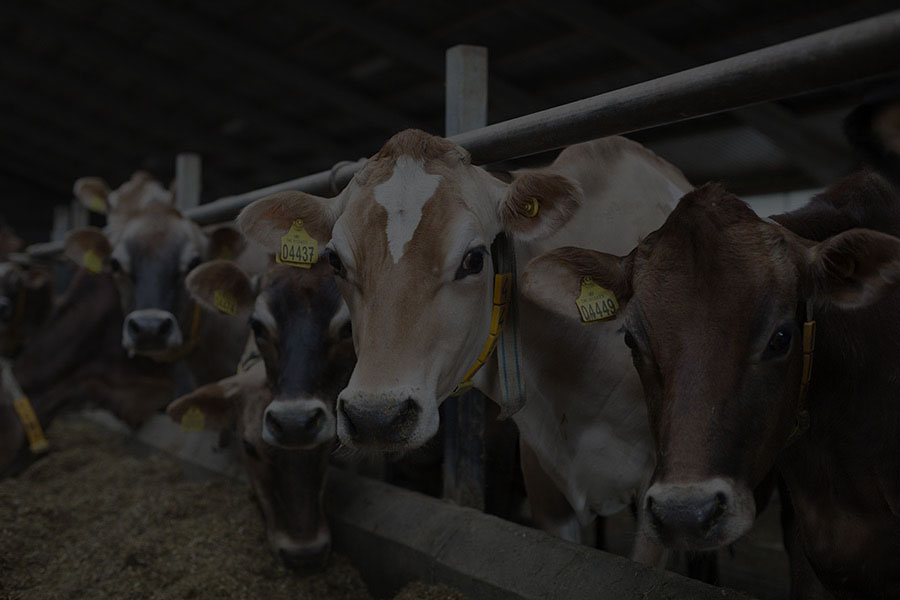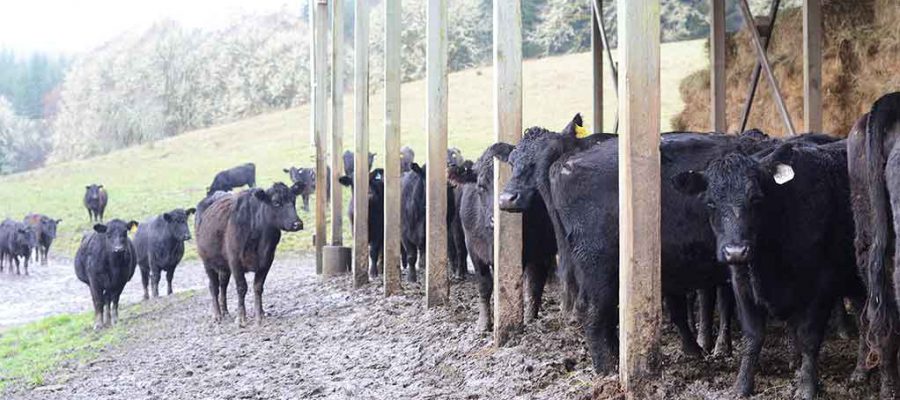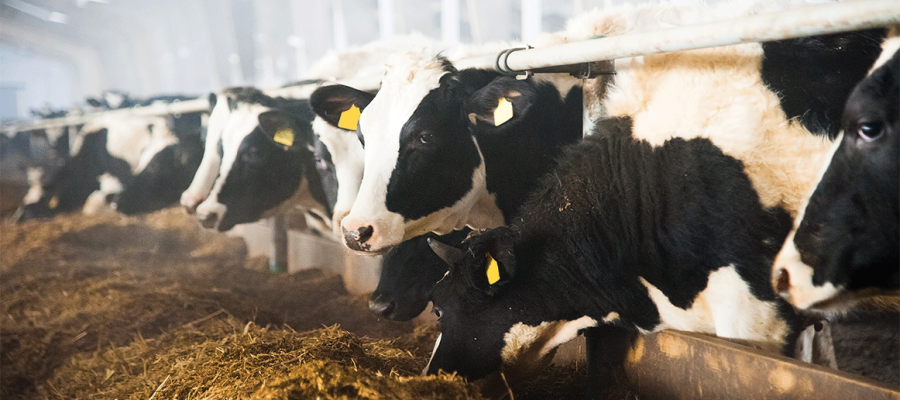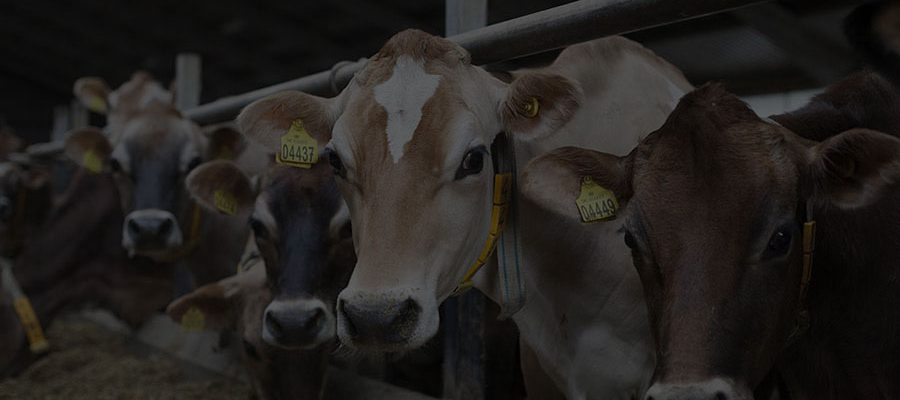
Importance of Chachu
Chachu (spent/Brewers yeast) is a beer manufacturing by product. It is rich in bypass protein making it a good protein supplement. Besides, it is highly palatable and enhances digestibility.
Brewers yeast (Chachu/Spent Yeast) is a by-product from the breweries, which use the micro-organism and fungal yeast Saccharomyces cerevisiae. It is obtained by the removal of yeast after the brewing process and subsequent inactivation by means of organic acids.
Chachu is used as feed stuff for pigs, ruminants, poultry and fish. Chachu is mainly a source of protein, vitamins and minerals. Yeast inactivation is necessary to prevent further fermentation after consumption by animals, that may cause severe gastro-intestinal problems in pigs.
Inactivated brewers yeast is a highly valuable source of protein, phosphorous and B vitamins. Brewers yeast may be fed fresh (liquid form) or dried (brewers dried yeast), which is costly and thus only used in specialty feeds.
Note: yeast by-products obtained from other micro-organisms like Candida spp., Pichia spp. or Phaffia and live yeasts used as probiotics are beyond the scope of this datasheet.
This yeast has been known since Antiquity as remnants of bread making chambers have been found in Egypt, dating back 4000 years. Brewers yeast has been used for industrial beer production since the late 18th century, and for livestock feeding since the early 20th century in Germany.
Spent Yeast is the second largest by-product from brewing. In 2011, world beer production was 184 million m3. Using a yeast production ratio of 2.7 kg/m3 (0.7 lb/US barrel), it can be estimated that brewers yeast production was about 497,000 t in 2011. Brewers yeast is available worldwide. Drying brewers yeast is a way of enhancing yeast availability throughout the year.
Storage
Chachu has a limited shelf-life and may suffer tremendous losses of total solids during storage. To prevent these losses, it is necessary to chill yeast slurry to below 5°C. Chilling also prevents yeasts from losing their cell constituents (i.e. protein) as a result of cell autolysis at ambient temperatures.
Inactivation
Beer production yields 5 times more yeast than the amount required for beer processing. At the end of the process it is removed from the batch by centrifugation, and then washed free of beer. Spent yeast is still alive and could have deleterious effects during storage or when fed to animals. It is thus necessary to inactivate (kill) it before use as livestock food. This can be done through heat treatment (80°C at the brewery) and/or by addition of organic acids on the farm.
It contains valuable components such as ribonucleic acid (RNA) and vitamin D, which can be extracted before the yeast is sold fresh to farmers, feed companies or the food industry.















